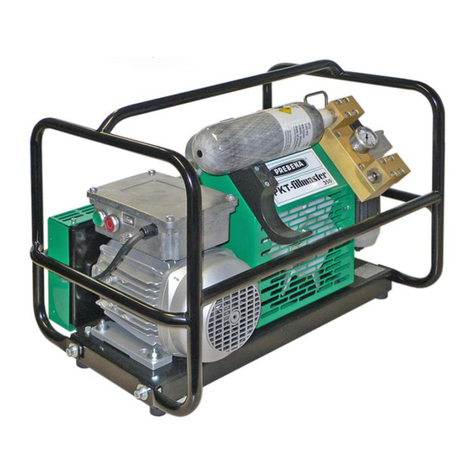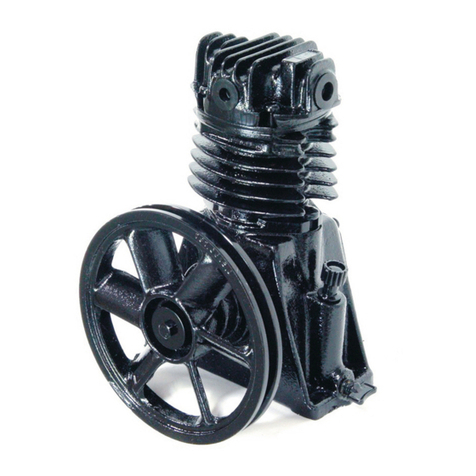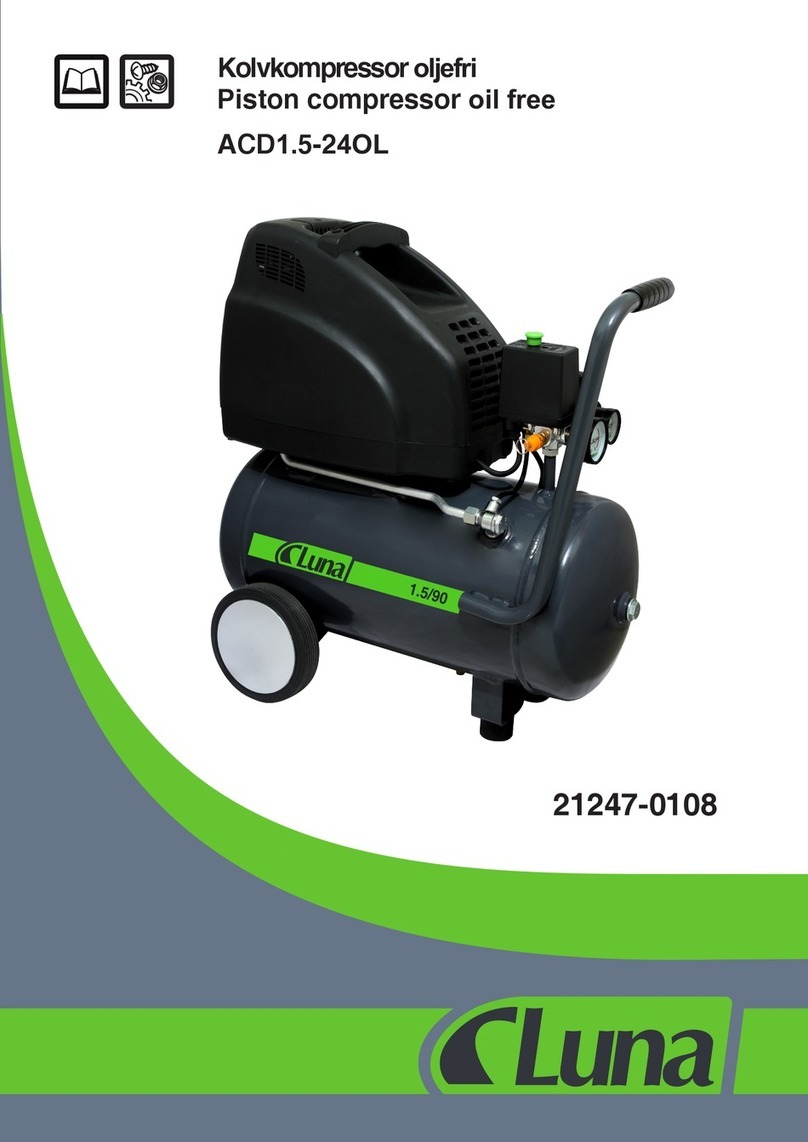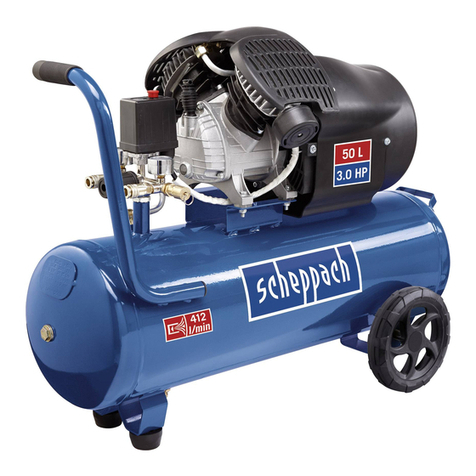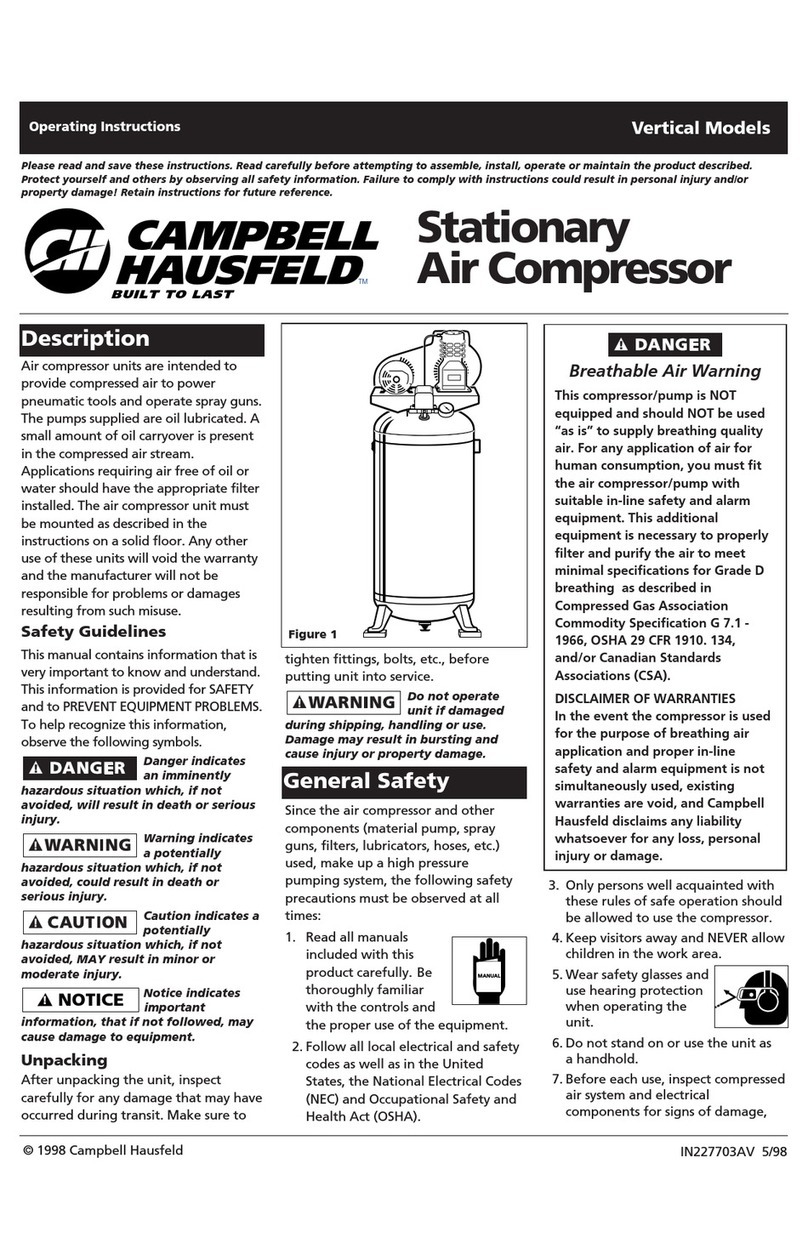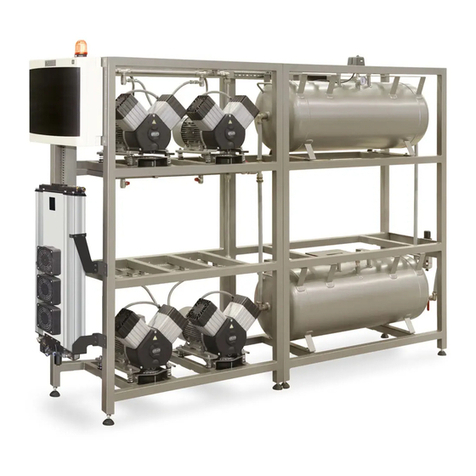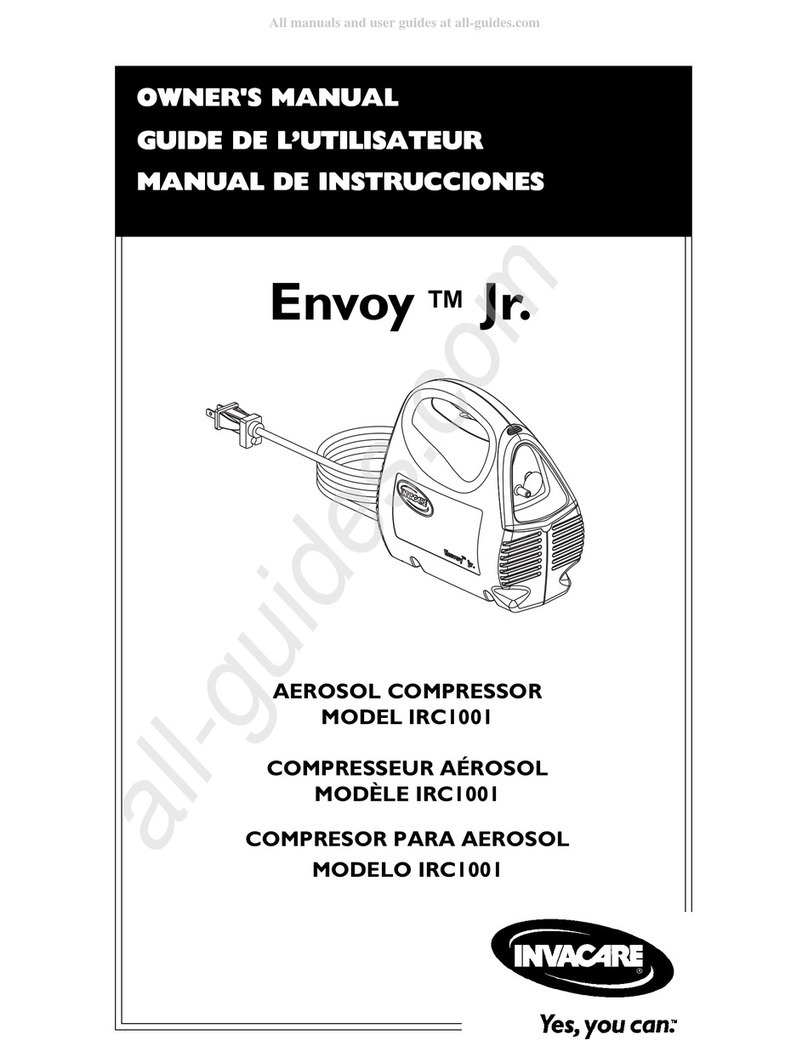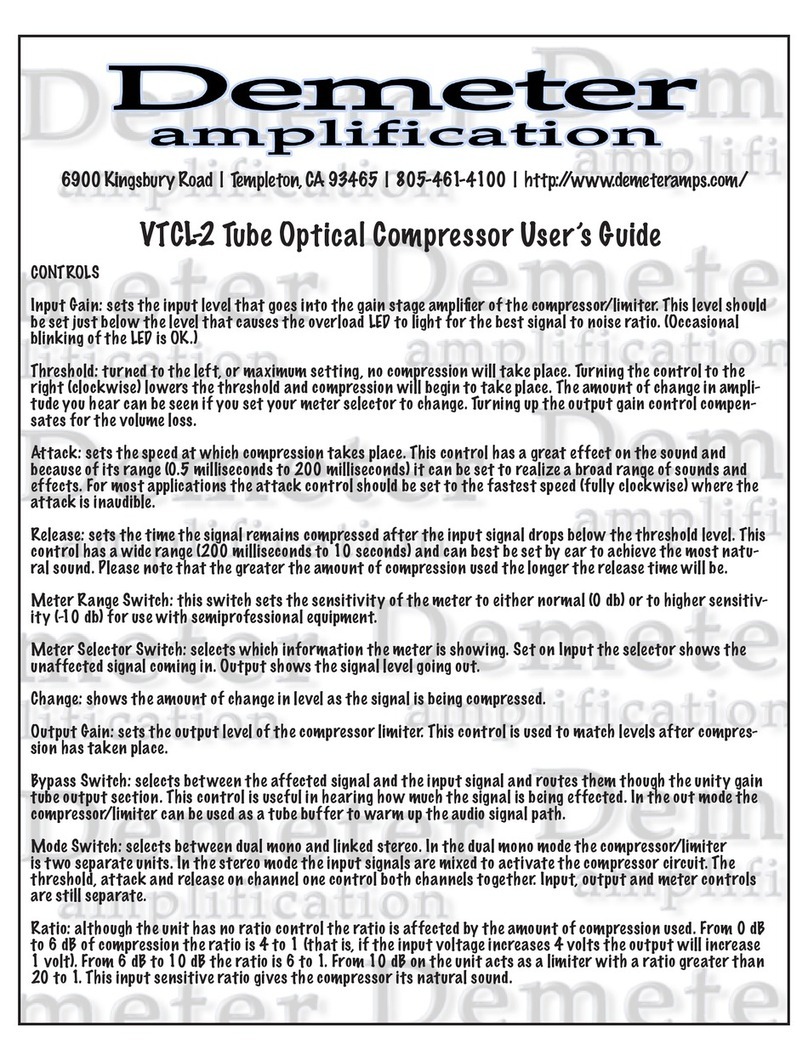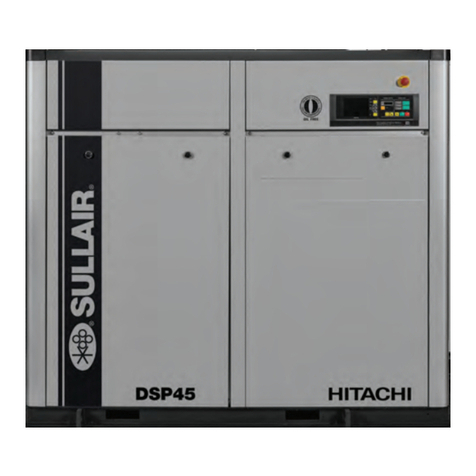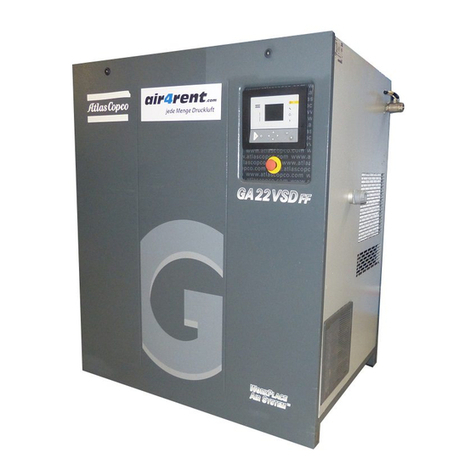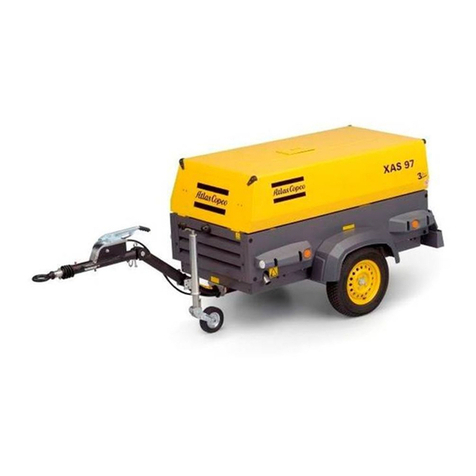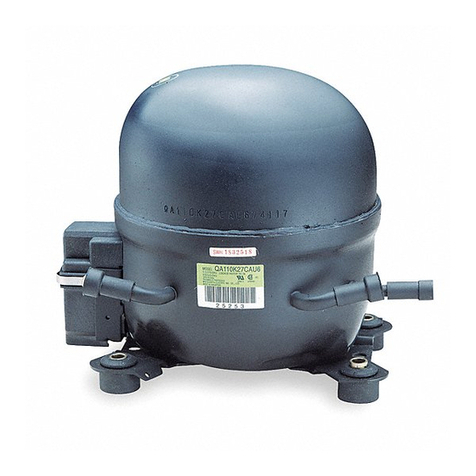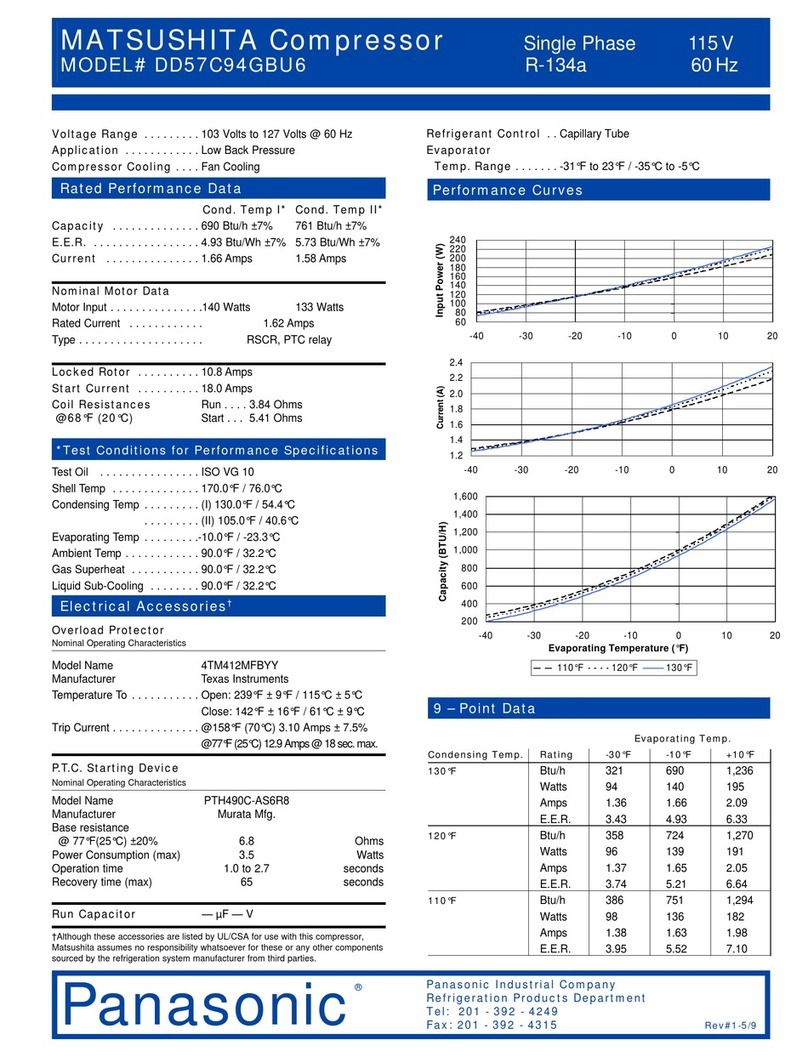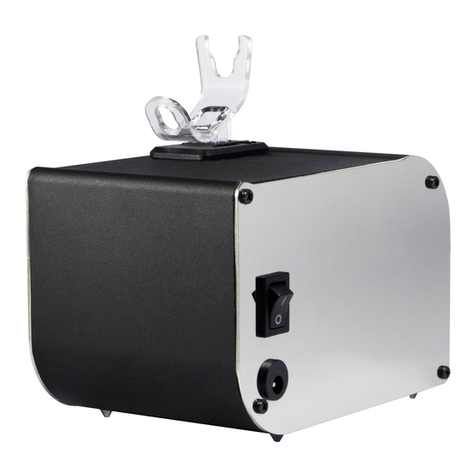
2920 7090 00 7
Instruction book
1.5 Safety precautions during maintenance or repair
All responsibility for any damage or injury resulting from neglecting these precautions, or
non-observance of the normal precaution and care required for installation, operation,
maintenance and repair, even if not expressly stated, will be disclaimed by the manufacturer.
Precautions during maintenance or repair
1. Always wear safety glasses.
2. Use only the correct tools for maintenance and repair work.
3. Use only genuine spare parts.
4. All maintenance work shall only be undertaken when the machine has cooled down.
5. A warning sign stating "Work in progress - do not start" shall be attached to the starting equipment.
6. Persons switching on remotely controlled machines shall take adequate precautions to ensure that there is no
one checking or working on the machine. To this end, a suitable notice shall be affixed to the remote start
equipment.
7. Close the dryer air outlet valve before connecting or disconnecting a pipe.
8. Before removing any pressurized component, effectively isolate the machine from all sources of pressure
and relieve the entire system of pressure.
9. Never use flammable solvents or carbon tetrachloride for cleaning parts. Take safety precautions against
toxic vapours of cleaning liquids.
10. Scrupulously observe cleanliness during maintenance and repair. Keep dirt away by covering the parts and
exposed openings with a clean cloth, paper or tape.
11. Never weld or perform any operation involving heat near the oil system. Oil tanks must be completely
purged, e.g. by steam-cleaning, before carrying out such operations. Never weld on, or in any way modify,
pressure vessels..
12. Whenever there is an indication or any suspicion that an internal part of a machine is overheated, the
machine shall be stopped but no inspection covers shall be opened before sufficient cooling time has
elapsed; this to avoid the risk of spontaneous ignition of the oil vapor when air is admitted.
13. Never use a light source with open flame for inspecting the interior of a machine, pressure vessel, etc.
14. Make sure that no tools, loose parts or rags are left in or on the machine.
15. All regulating and safety devices shall be maintained with due care to ensure that they function properly.
They may not be put out of action.
16. Before clearing the machine for use after maintenance or overhaul, check that operating pressures,
temperatures and time settings are correct. Check that all control and shut-down devices are fitted and that
they function correctly. If removed, check that the coupling guard of the compressor drive shaft has been
reinstalled..
17. Protect the motor, electrical and regulating components, etc. to prevent moisture from entering them, e.g.
when steam-cleaning.
18. Make sure that all sound-damping material and vibration dampers, e.g. damping material on the bodywork
and in the air inlet and outlet systems of the compressor, are in good condition. If damaged, replace it by
genuine material from the manufacturer to prevent the sound pressure level from increasing.
19. Never use caustic solvents which can damage materials of the air net, e.g. polycarbonate bowls.
20. The following safety precautions are stressed when handling refrigerant:
Never inhale refrigerant vapors. Check that the working area is adequately ventilated; if required, use
breathing protection.
Always wear special gloves. In case of refrigerant contact with the skin, rinse the skin with water. If
liquid refrigerant contacts the skin through clothing, never tear off or remove the latter; flush abundantly
with fresh water over the clothing until all refrigerant is flushed away; then seek medical first aid.
21. Protect hands to avoid injury from hot machine parts, e.g. during draining of oil.
